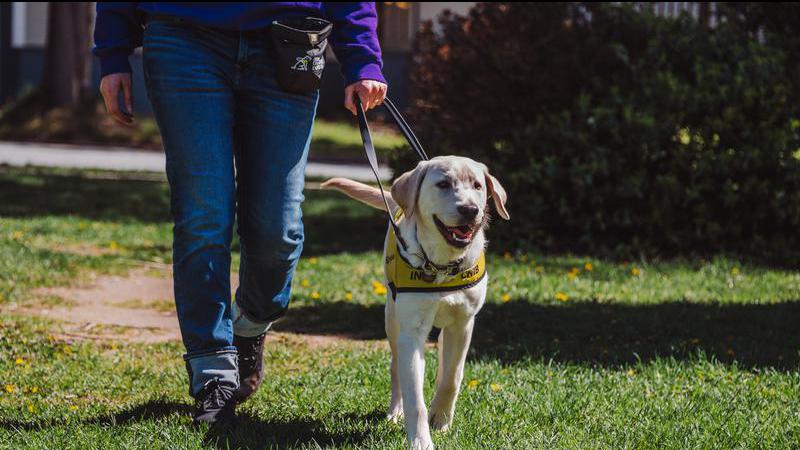
Provincial safer supply expanding to curb skyrocketing drug toxicity deaths
NANAIMO — Health authorities across the province will soon be able to offer pharmaceutical-grade drugs in a bid to shut out a toxic drug supply in B.C.
The provincial government is budgeting $22.6 million in funding over three years to support a prescriber model initiative offered through clinical settings or other authority-run programs.
A handful of sites are already prescribing safe alternatives but are at capacity. The new funding will expand the work across B.C.
“Once fully implemented, more people who use illicit drugs can be prescribed a broader range of safer alternatives covered by pharmacare, including a range of opioids and stimulants as determined by each program and prescriber,” Sheila Malcolmson, minister of mental health and addictions and Nanaimo MLA, said.


